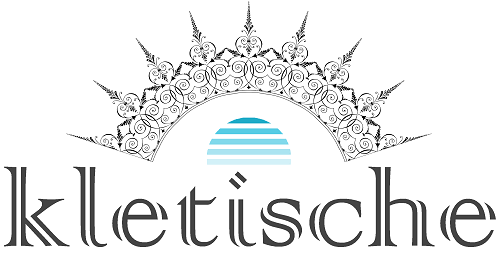How to Effectively Get a Good Second Opinion
When it comes to seeking medical or professional advice, getting a second opinion can provide valuable insight and peace of mind. But how can you effectively go about obtaining a good second opinion?
This article explores the importance of studying the first opinion, being mindful of the information shared by the second opinion, and comparing the differences between the two. Discover the steps to take to make the most of your second opinion and get the expertise you need to make informed decisions.
